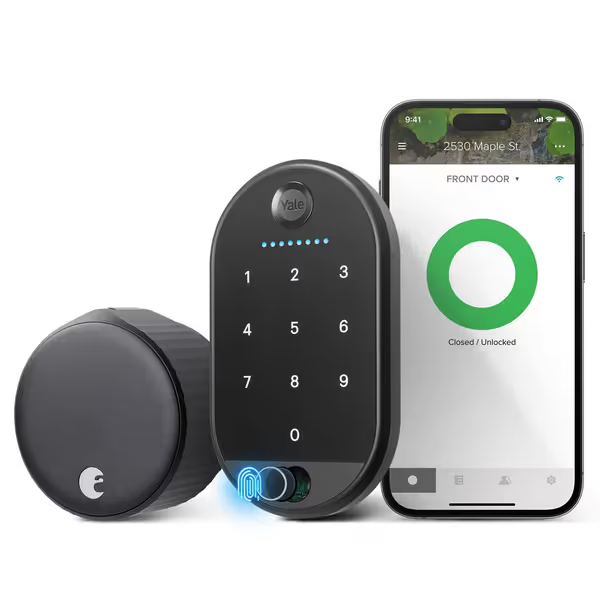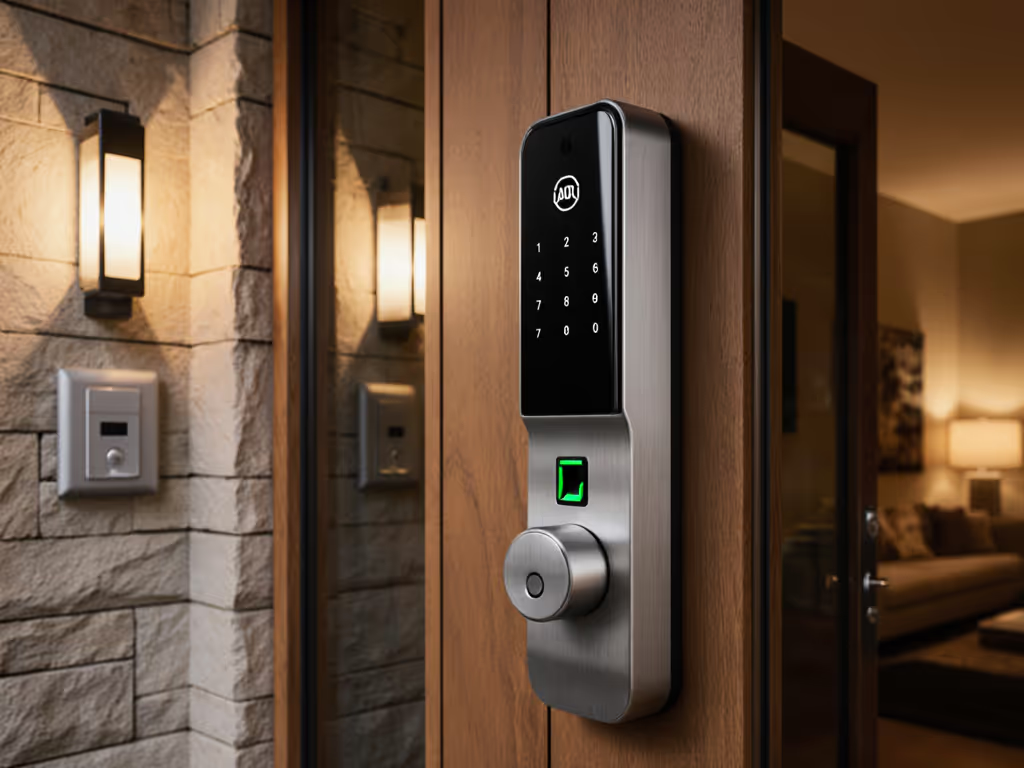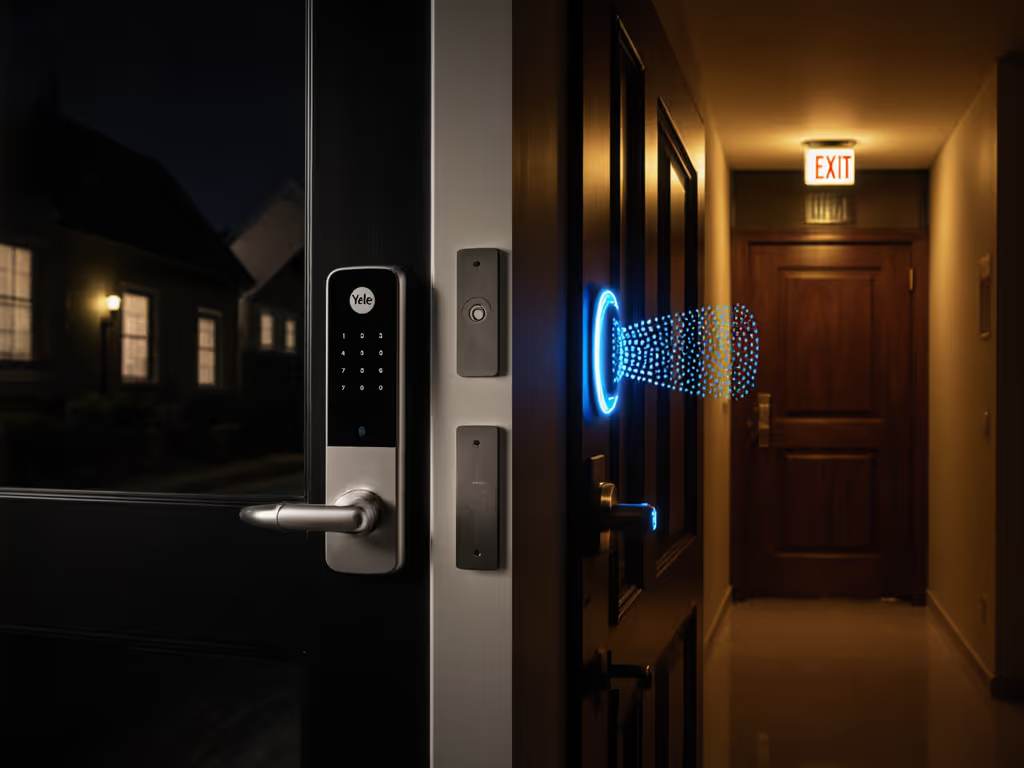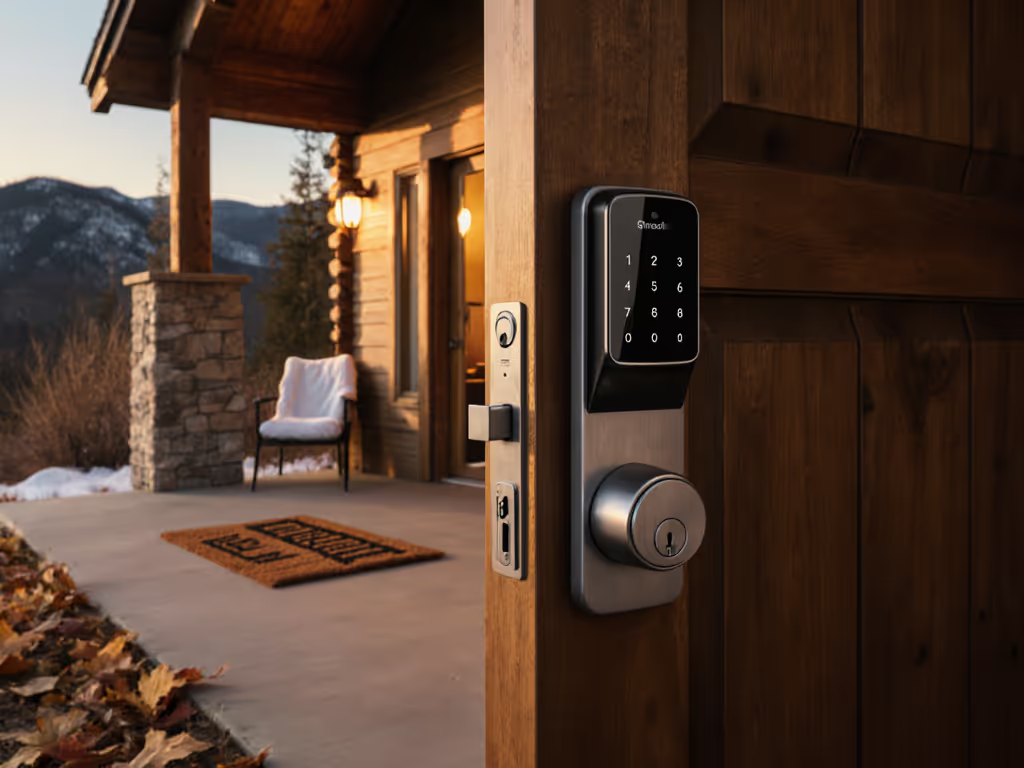
Smart Lock Regional Compatibility Guide

Choosing the right smart lock requires more than comparing features; it demands an understanding of how regional differences in hardware standards, connectivity regulations, and security expectations impact real-world performance. This guide cuts through the confusion, offering a clear roadmap for privacy-focused homeowners, renters, and property managers navigating the fragmented landscape of international smart lock compatibility. We'll dissect key variations across North America, Europe, and Asia-Pacific, analyze critical technical constraints, and spotlight solutions that prioritize both security and autonomy without regional lock-in.
Core Regional Differences Impacting Smart Lock Compatibility
Hardware Standards: Deadbolts vs. Euro Cylinders
- North America (US/Canada): Primarily uses deadbolt systems with standardized backsets (2-3/8" or 2-3/4"). Smart locks here often replace the entire deadbolt assembly. Renters face constraints: leases may prohibit altering existing hardware, necessitating reversible solutions like interior-mounted smart modules. Example: The

Yale August Wi-Fi Smart Lock + Keypad Touch
fits over existing deadbolts without exterior changes (ideal for rental compliance).
-
Europe/UK: Dominated by mortise locks and Euro-profile cylinders. Cylinder tailpiece lengths vary (e.g., 35mm vs. 40mm), and multipoint locking systems are common. Smart locks must integrate with these mechanisms without compromising physical security grades (e.g., EN 1303). Brands like Yale offer Euro-specific models like the Linus, but verification against your cylinder's dimension is critical.
-
Australia/New Zealand: Mixes deadbolts with unique latch systems. Door thickness often exceeds 40mm, which is beyond standard smart lock specs. Always verify torque ratings for high-security deadbolts common in AU/NZ.
Connectivity and Power Regulations
| Region | Wi-Fi Bands | Cellular Backup | Data Privacy Mandates |
|---|---|---|---|
| US/Canada | 2.4 GHz only | Limited | Varies by state/province |
| EU/UK | Dual-band | Required for STR | GDPR-compliant local storage |
| Asia-Pacific | Mixed | Common | Varies widely |
- EU GDPR compliance necessitates local processing of access logs; cloud-dependent locks violate this. Look for locks storing audit trails locally (e.g., via Home Assistant integration).
- Wi-Fi restrictions: US locks often lack 5GHz support that is standard in EU homes. Always confirm frequency compatibility before purchase.
Privacy-Centric Solutions for Global Users
Avoiding Cloud Lock-In and Data Risks
Opt for platform-agnostic workflows with local control hubs. The Yale Assure Lock 2 Touch supports HomeKit Secure Video, keeping biometric data on-device and off-cloud. For EU users, its offline fingerprint access functions without internet (crucial during outages).



